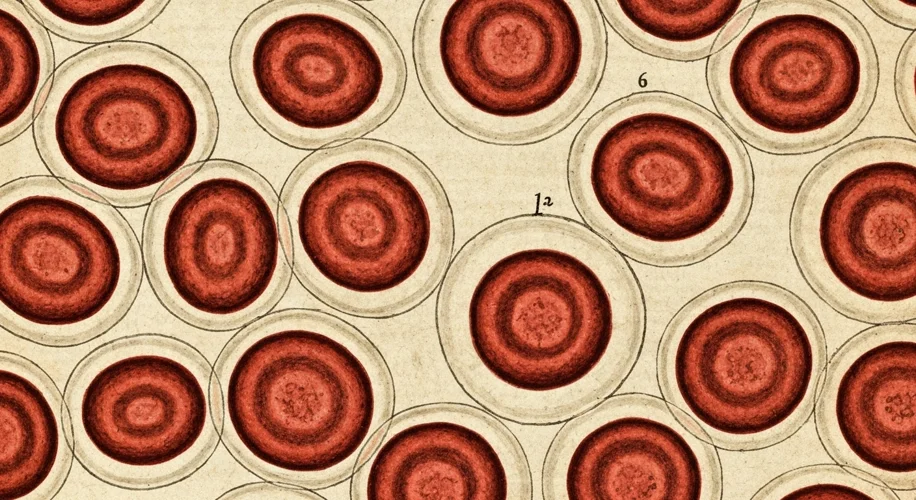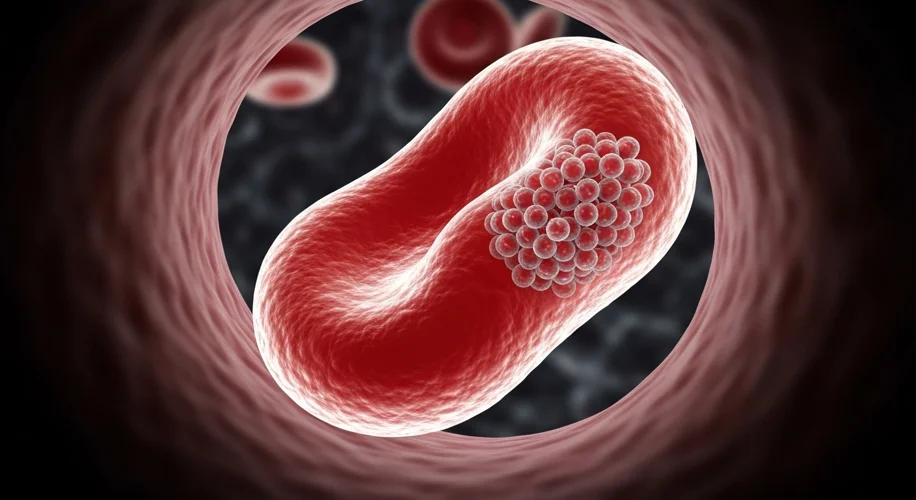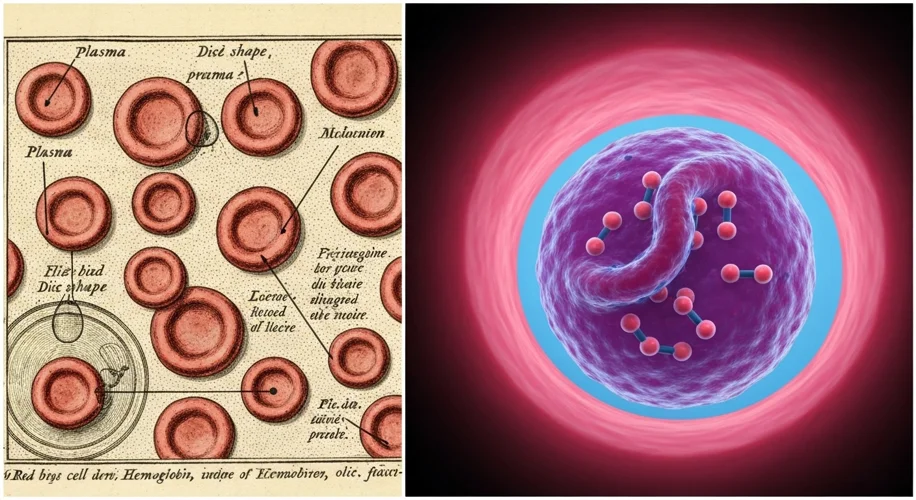In the grand theatre of the human body, few players are as ubiquitous, as vital, and as endlessly intriguing as the red blood cell. For over four centuries, since their initial discovery, these microscopic powerhouses have continued to captivate the minds of scientists, revealing new layers of complexity and wonder with each passing generation.
Our journey into the world of red blood cells begins in the early 17th century, a time when the nascent field of microscopy was beginning to peel back the veil on the hidden microscopic world. While the exact credit for the first observation of red blood cells remains a subject of historical debate, often attributed to figures like Jan Swammerdam or Antonie van Leeuwenhoek in the latter half of that century, the initial glimpses were revolutionary. Imagine peering through a rudimentary lens, crafted by hand, and suddenly witnessing for the first time the myriad of disc-like entities, swarming like tiny boats on a crimson river.

These early observers were merely scratching the surface. They saw the cells, they noted their color, but the true function and intricate nature of these entities remained shrouded in mystery. For centuries, the prevailing understanding was limited. They were recognized as components of blood, crucial for life, but the precise mechanisms of oxygen transport, the cellular adaptations that made them so efficient, and their remarkable journey through the circulatory system were yet to be unraveled.
The Enlightenment and the subsequent scientific revolutions brought more sophisticated tools and a more rigorous approach. By the 19th century, with advancements in staining techniques and a deeper understanding of chemistry and physics, scientists began to truly understand the red blood cell’s primary mission: delivering oxygen from the lungs to every cell in the body and carrying carbon dioxide back. The discovery of hemoglobin, the iron-containing protein that gives blood its red color and binds to oxygen, was a monumental leap. It was revealed that a single red blood cell could carry up to a billion oxygen molecules!
But the story of the red blood cell is not just about its oxygen-carrying capacity. It’s a tale of incredible biological engineering. Consider their shape: a biconcave disc. This seemingly simple design is a marvel. It maximizes surface area for gas exchange and allows the cells to be incredibly flexible. As they navigate the narrowest capillaries, sometimes squeezing through passages barely wider than themselves, their ability to deform without rupturing is nothing short of miraculous. They don’t even possess a nucleus or other organelles, freeing up more space for hemoglobin and further enhancing their pliability.

The 20th century brought a new era of discovery, delving into the molecular biology and genetics of red blood cells. Scientists unraveled the complex processes of erythropoiesis, the production of red blood cells in the bone marrow, regulated by hormones like erythropoietin (EPO). They studied the life cycle of these cells, which have a finite lifespan of about 120 days, constantly being replenished. Diseases like sickle cell anemia and thalassemia, which arise from genetic defects in hemoglobin, provided poignant, albeit tragic, examples of the critical importance of even the slightest alteration in these cells. Studying these conditions not only illuminated the cellular mechanisms of disease but also offered insights into human evolution, particularly the sickle cell trait’s protective effect against malaria in certain populations.
Even today, in 2025, the red blood cell continues to be a subject of intense research. Scientists are exploring novel therapeutic approaches that leverage red blood cells, such as using them as drug delivery vehicles for targeted therapies. Investigations into aging mechanisms, cellular senescence, and the development of artificial blood substitutes are ongoing. The sheer resilience and adaptability of these cells in the face of various physiological challenges, from high altitude to strenuous exercise, continue to inspire new avenues of scientific inquiry.
The red blood cell, a component so often taken for granted, stands as a testament to the intricate elegance of nature. From the earliest, fumbling observations through rudimentary microscopes to the sophisticated molecular analyses of today, its journey through scientific understanding has been as remarkable as its own journey through our veins. It reminds us that even the most common elements of life can hold infinite depths of complexity, waiting to be discovered and understood. The 400-year fascination with the red blood cell is far from over; it is a narrative that continues to flow, vital and astonishing, through the heart of scientific exploration.

